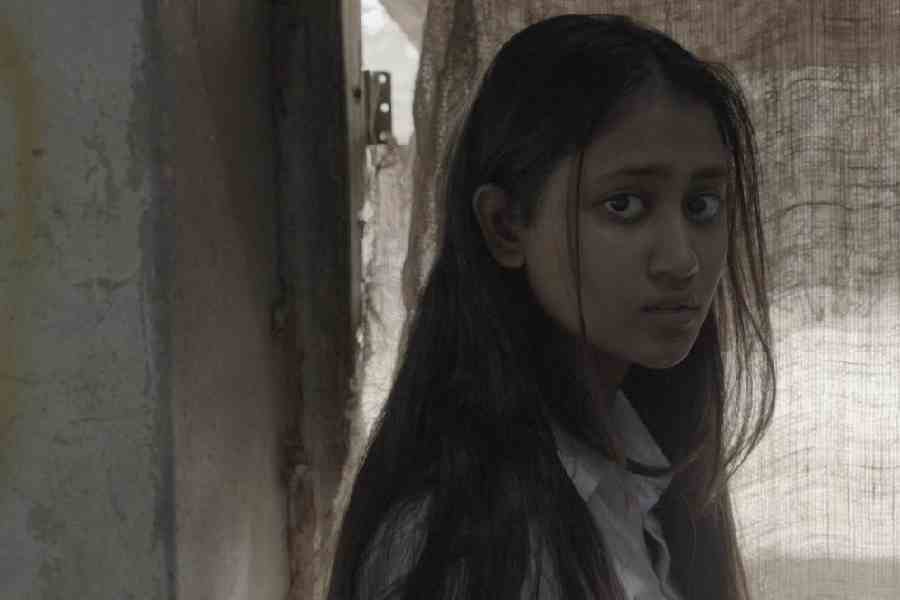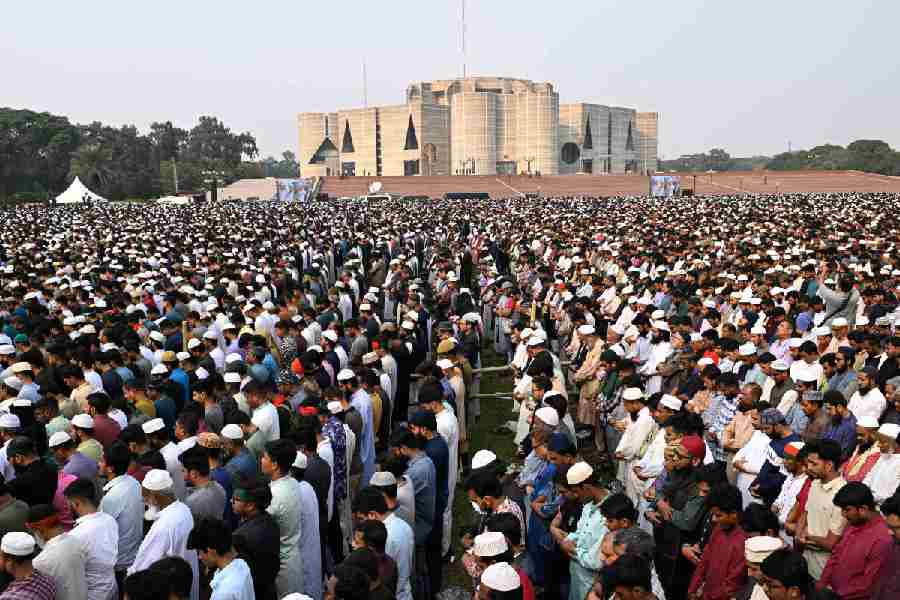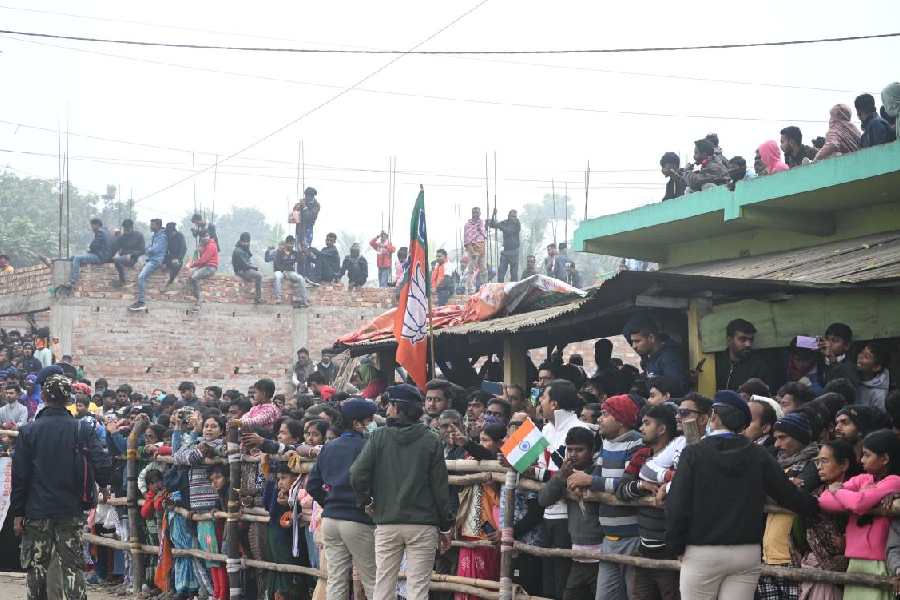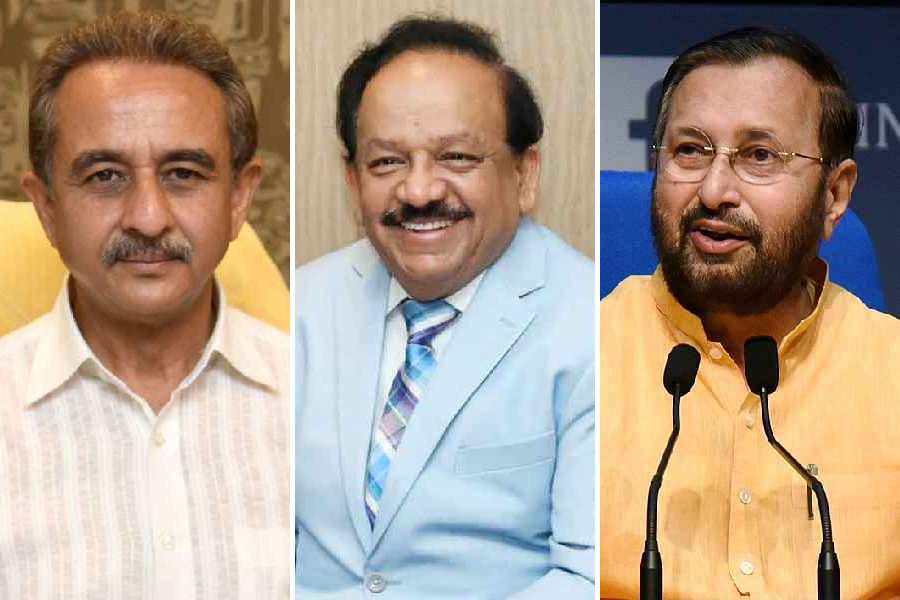The trailer of Aneek Chaudhuri’s film A White Horse’s Neigh was officially launched at Alliance Française du Bengale (AFB) recently. The evening proved to be more than just a film event — it became a confluence of cinema, culture, conscience, and conversation.
Anchored in an atmosphere of attentive silence and meaningful interaction, the event was attended by cinephiles, cultural scholars, critics, students, and collaborators from the Indo-French artistic circuit. The Alliance, with its enduring commitment to cross-cultural discourse, provided the perfect stage for a film that dares to bridge two contrasting languages — French and Sanskrit — into one poetic visual journey.
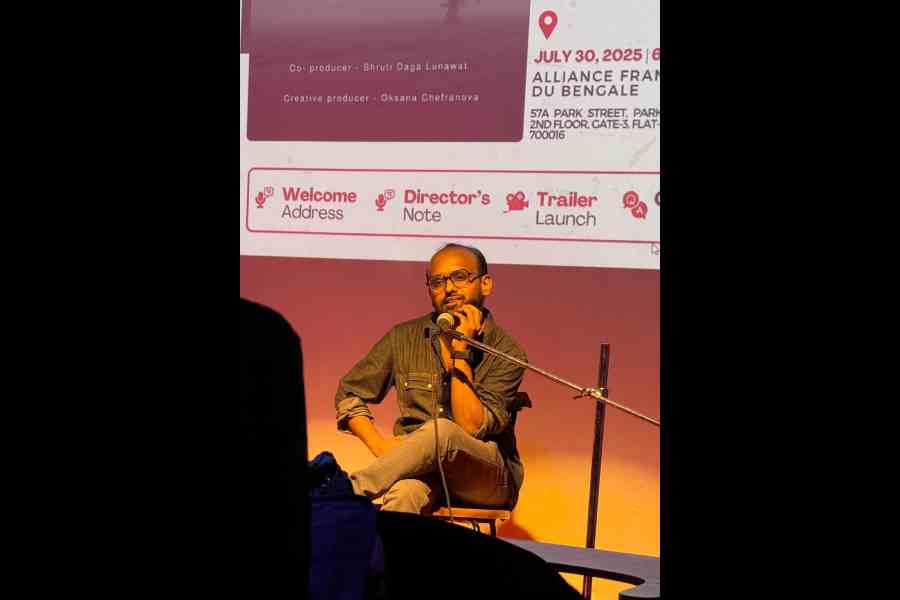
Aneek Chaudhuri
A Tribute to French Cinema
The evening began with a speech by director Aneek Chaudhuri, who didn’t hold back from acknowledging the world beyond cinema. This moment of social and ethical responsibility seamlessly transitioned into the director’s cinematic reflections. Paying homage to French cinema — a guiding force in his career — Chaudhuri recounted how watching François Truffaut’s The 400 Blows introduced him to the concept of unresolved emotions and the silent questions that linger at the end of a story. Godard’s defiant editing, Kieslowski’s emotional ambiguity, and the literature-like stillness of French cinema deeply influenced the director’s own aesthetic. “Cinema is not just about movement — it is also about stillness,” he noted, asserting his belief that the emotional pauses in life deserve equal weight on screen.
A Confluence of Languages
“This is not a loud film. It does not shout. It listens.” With these words, Chaudhuri introduced the philosophical spine of A White Horse’s Neigh — a meditative exploration of grief, memory, and cultural identity. The film employs both Sanskrit and French as principal languages, a choice that intrigued the audience and became a focal point of the Q&A session later.
According to the director, Sanskrit carries the silence between syllables — spiritual, eternal — while French carries longing and emotional cadence. “Bringing them together,” he said, “was not just a linguistic choice — it was a philosophical one.” This juxtaposition allows the film to speak across time and geography, binding the ephemeral to the eternal in a way that only cinema can dare to articulate.
The unveiling of the trailer was met with reflective applause. The visuals — a snow-laden field, a quiet horse, glimpses of a grieving woman — resonated with viewers long after the screen went dark. The trailer promised not plot, but atmosphere; not answers, but mood — a cinematic gesture that invited the audience to lean in rather than consume passively.
Politics of the Lens
The post-screening Q&A session with the director was lively, probing, and in many ways, a continuation of the film’s intellectual core. Several audience members were curious about the use of Sanskrit and French, to which Chaudhuri responded: “It was about rhythm — spiritual and emotional rhythm. These languages don’t simply communicate; they embody absence, silence, and longing.”
Another question delved into the political dimension of the film — whether the silence of the horse, the minimal dialogue, or the landscapes were all metaphorical. Chaudhuri responded emphatically, “Even silence is a form of politics — what we choose to show, whose voices are silenced — these are political acts. The horse may not speak, but it remembers. That, to me, is resistance.”
Chaudhuri acknowledged that while the film doesn’t name contemporary issues, it certainly “breathes in the same air as the world around us. Loss — whether personal, cultural, or political — is the soil from which this story grows.”
Also, there were questions that interrogated the mindset of the director while making such a genre of films, to which he replied, “These are quite a contrast to my personality. A person making dark content doesn’t necessarily have to be a psychopath,” he said.
Final Note
As the evening drew to a close, it was evident that A White Horse’s Neigh was not a conventional film by any measure. It is an ode to cinema’s quieter, more reflective power — a film that encourages contemplation over consumption. As attendees dispersed into the humid Calcutta evening, many lingered in the courtyard, engaged in conversations sparked by the trailer and the ideas behind it. If the purpose of a trailer launch is to provoke curiosity and establish emotional tone, A White Horse’s Neigh succeeded with grace.
With its Indo-French core, political soul, and poetic ambition, the film now enters its journey toward international film festivals.

